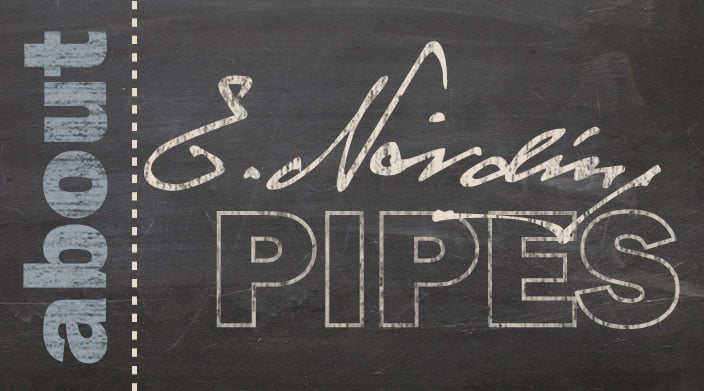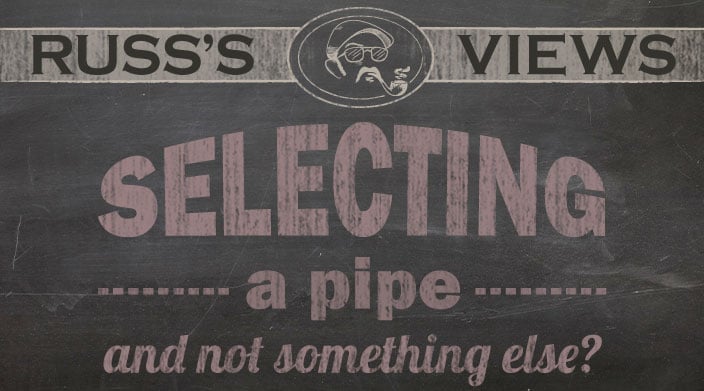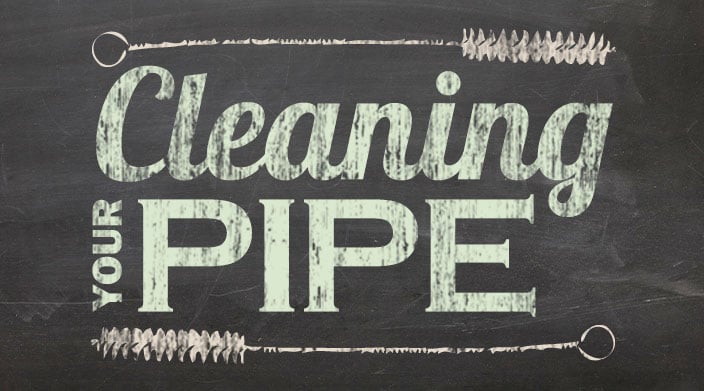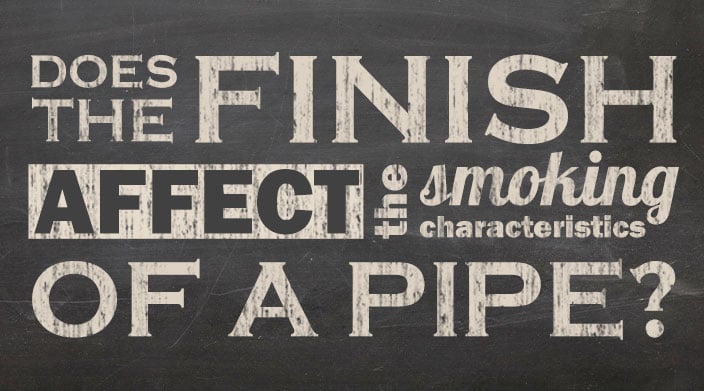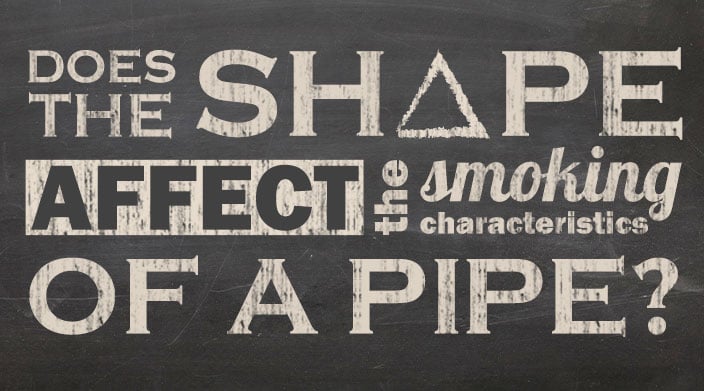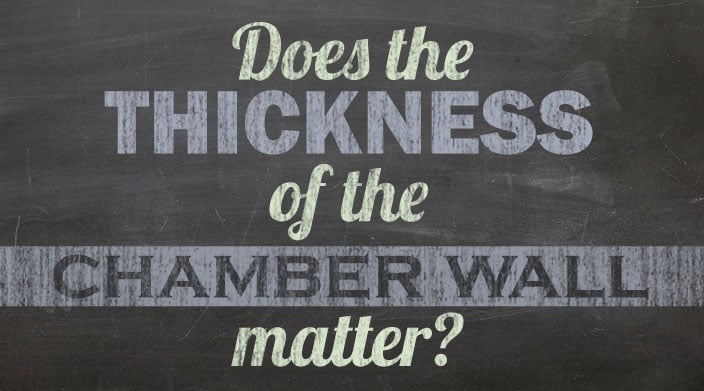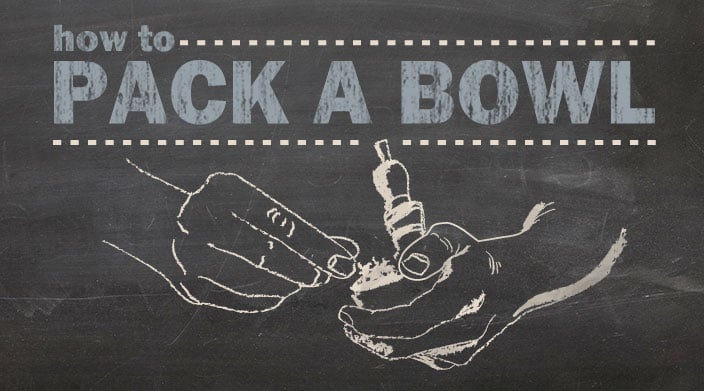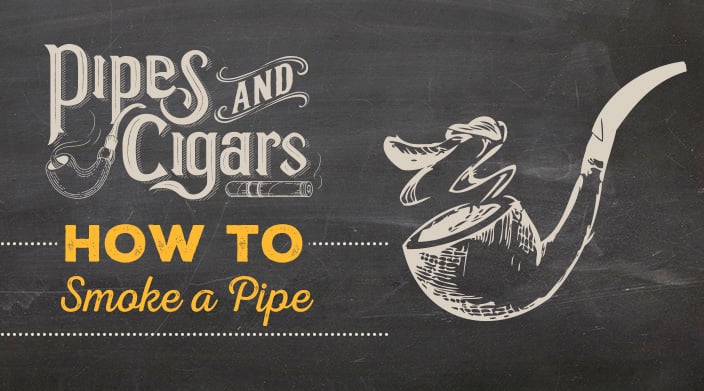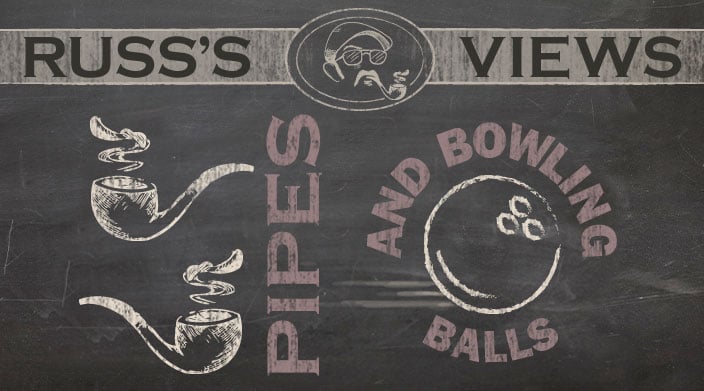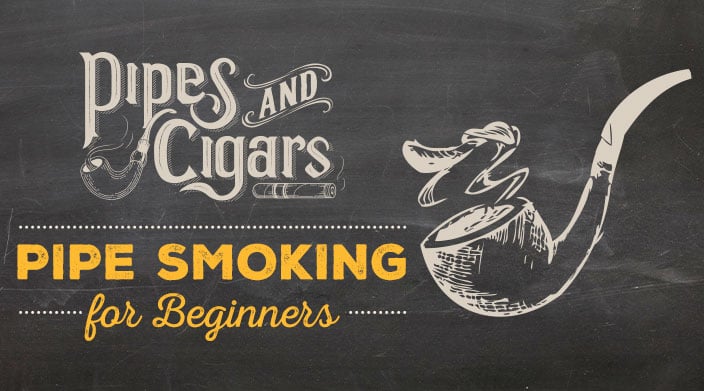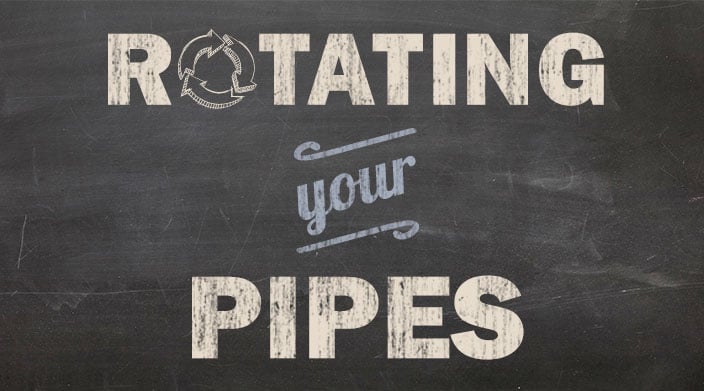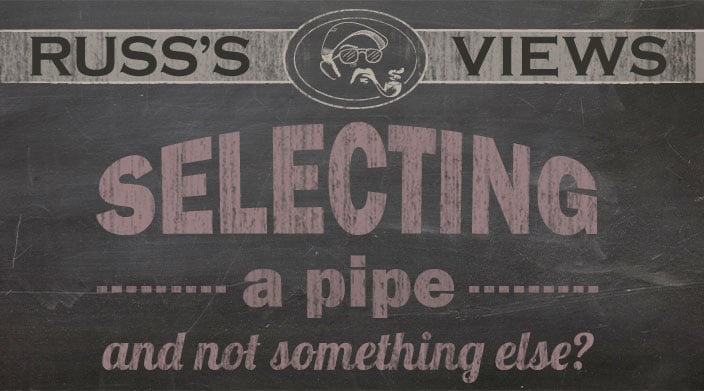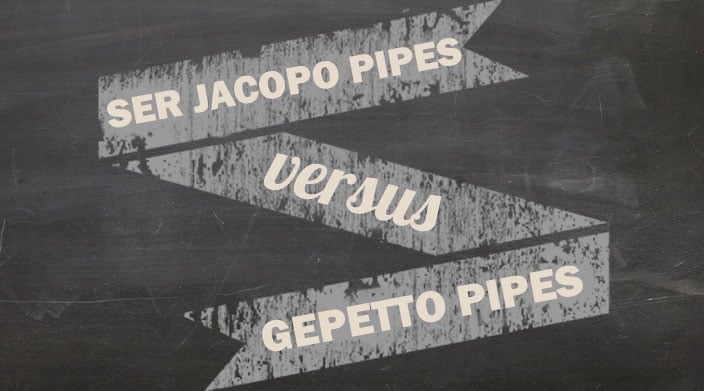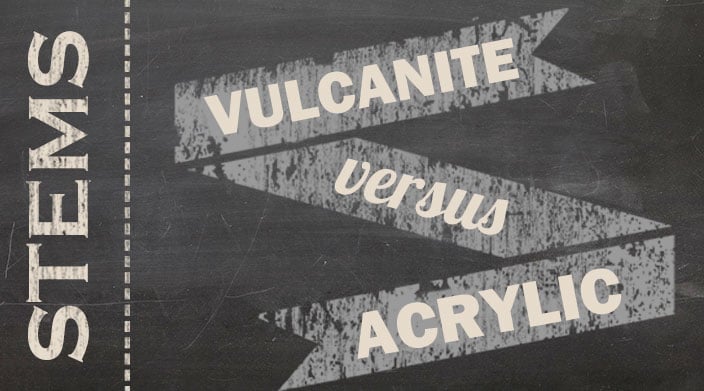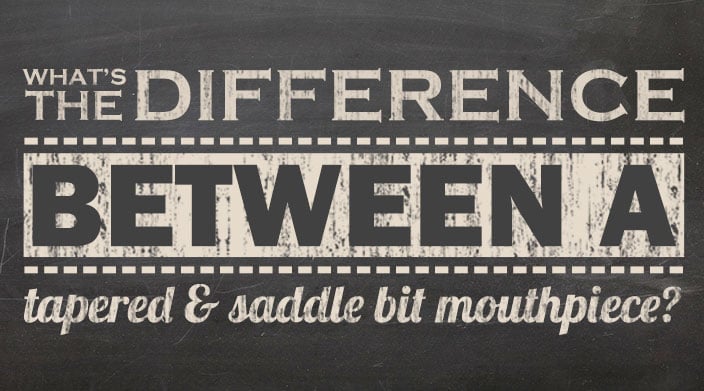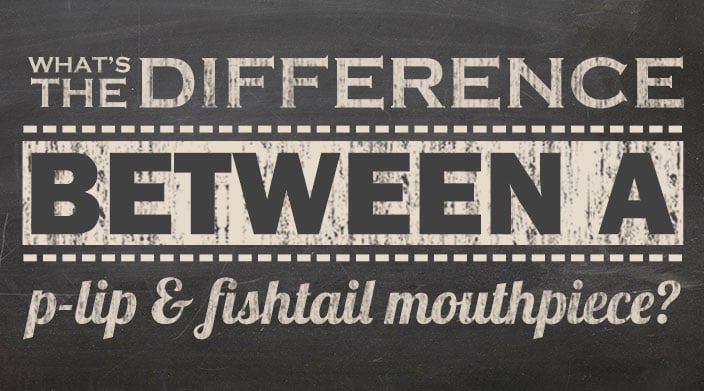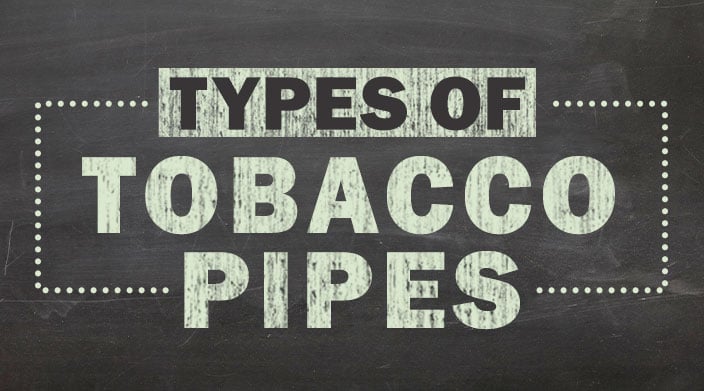New pipe break-in is one of those topics that can cause a lot of arguments among smokers. Over the 40+ years I've been a pipe smoker, I've heard so much bad advice about breaking in a new pipe that we thought that we should bring you the facts. While there are a number of different techniques and tips to accomplish break-in, my feeling is to use a common-sense approach to the matter.
Do you need to break in a new pipe?
All new tobacco pipes will naturally get broken in as they are smoked. The type of pipe determines how a pipe gets broken in.
For a briar pipes to perform its best, a carbon layer or “cake” needs to be built up. Some pipes with a bare wood chamber will start to break more quickly, while ones that have a chamber that's been stained may take quite a bit longer. Although you may, or may not be able to build a cake in a corn cob pipe, the same basic principles apply.
Building a cake should be avoided at all costs in a meerschaum pipe or clay pipe. The carbon expands at a different rate than the pipe material, and in the case of both Meers and clays, that expansion can cause the bowl to crack. Simply wipe out the chamber with a paper towel after emptying the bowl to keep a cake from building up.
How many smokes to break in a pipe?
While the number may vary depending on the pipe, generally it will take about a dozen bowls to get a “cake” or carbon layer started in a new pipe.
What to do before using a new tobacco pipe?
The first issue is how to pack a pipe when it's new. The traditional advice is to pack half a bowl when breaking in a new pipe, and then gradually increase the amount of tobacco over the span of about a dozen bowls. This is unnecessary and can cause problems later on.
The primary reason that people used to recommend this method is that they believe that there should be a carbon layer covering the wood from top to bottom. On the surface this seems like a good idea, but the truth is very different. For the vast majority of pipe smokers, this is completely unneeded. The last eighth of an inch of tobacco at the bottom of the chamber is usually saturated and won't burn well, which is why most pipesters dump those dregs at the bottom. If you aren't smoking all the way to the bottom, why do you need protection at the bottom of the bowl? Even if you do, as long as you keep your pace slow, the carbon will still build up.
Our preferred approach is to fill your pipe normally, right from the beginning, while paying attention to keeping your pipe cool. Pay attention to your cadence, keeping your pace slow to keep the pipe from getting too hot. If the pipe goes out, just relight it rather than trying to puff harder or faster to keep the pipe lit. That will fire up the tobacco enough to damage the pipe. As long as the pipe is not hot to the touch, you should be fine.
If the pipe has an uncoated chamber that is stained (ie- Peterson pipes), I like to wipe out the pipe with a high-proof liquor four to five times before I ever smoke it. The stain can seal the wood, which makes it difficult for the carbon to stick. Since the stain used for pipes is usually alcohol-based, using liquor works very well to remove it, and it won't leave a bad taste in the pipe, unlike rubbing or denatured alcohol.
Another technique that has been talked about throughout the industry and forums is to moisten the inside of the chamber with a substance to speed up accumulating a carbon layer or “cake”. People have suggested using saliva, honey, simple syrup, among other items. Will it work? The answer is a qualified yes. While it will build up a cake more quickly, the carbon layer created will be soft and when you ream the pipe, the cake will tend to break out in chunks, which will leave some of the chamber exposed. This could result in heat damage to the unprotected walls of the chamber.
Following these guidelines will help you to protect your investment in that new pipe, since, with proper care, that new pipe can last you a lifetime.






